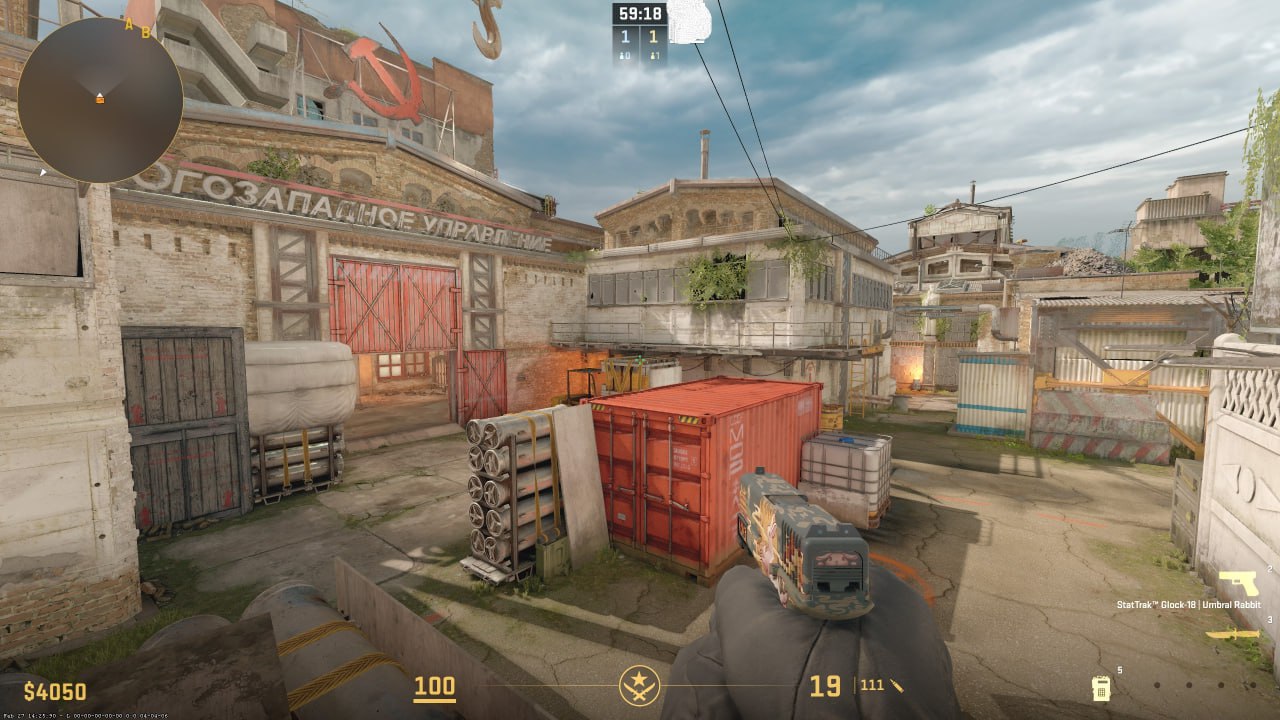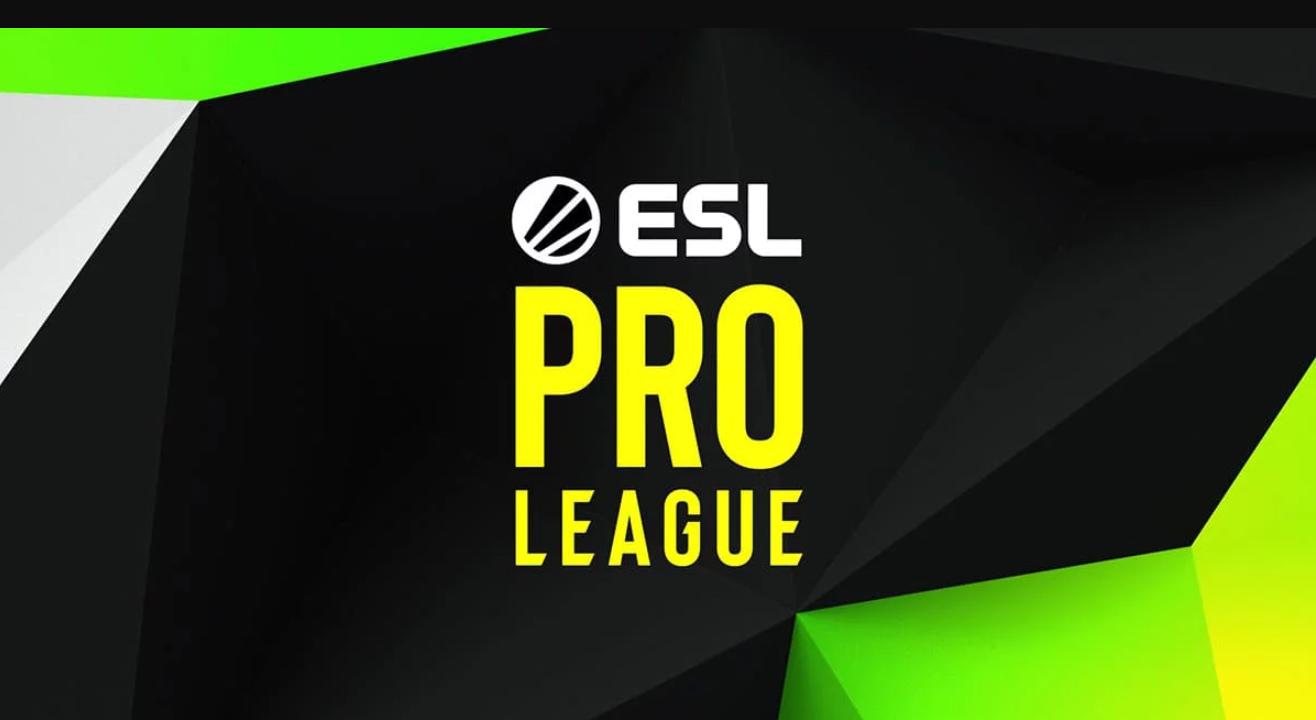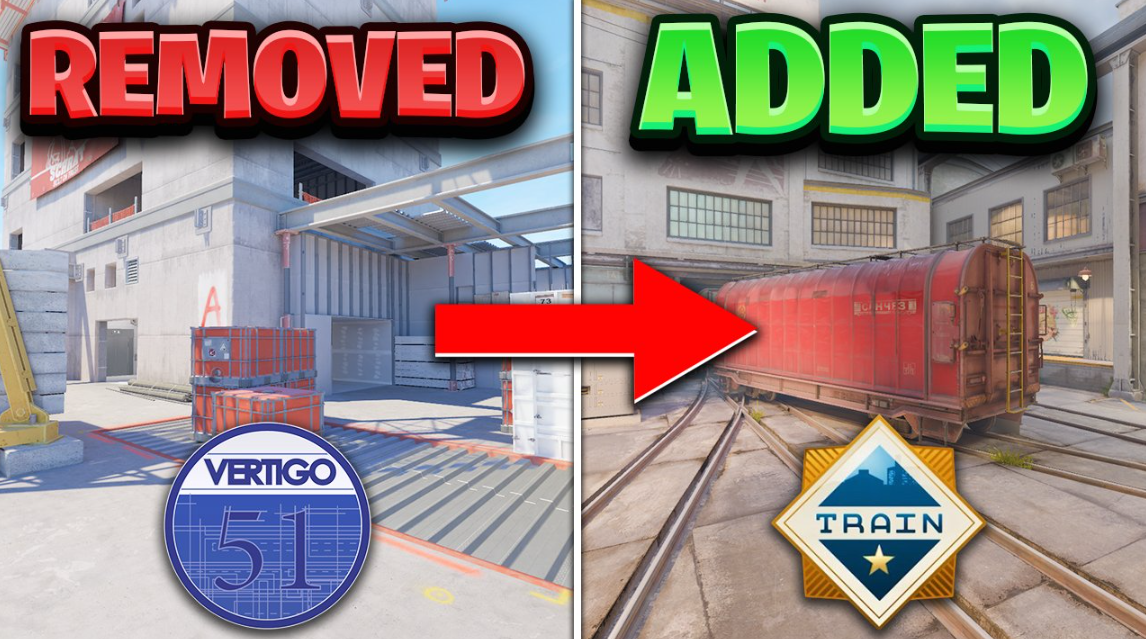Guide: How to rent skins in CS2

Valve’s introduction of a skin rental system in Counter-Strike 2 represents a significant shift in the game’s monetization model. Previously, players were forced to rely on the randomness of case openings, often resulting in the acquisition of undesirable “filler” skins that provided little value. The new rental system gives players the ability to select and use the specific skins they want, without the risk of wasting money on unwanted items. This change addresses a long-standing frustration among the CS2 community, who have historically lamented the high cost and unpredictability of obtaining their desired cosmetics. From Valve’s perspective, the skin rental system presents an opportunity to generate additional revenue streams. By allowing players to rent skins on a short-term basis, the developer can potentially capture a larger share of the in-game cosmetics market. This model may also incentivize players to experiment with a wider variety of skins, as the financial barrier to entry is significantly lower compared to outright purchasing them.
Furthermore, the rental system could have broader implications for the CS2 economy. By providing players with more control over the skins they use, it may lead to a more dynamic and fluid marketplace, with skins being rented and exchanged more frequently. This could, in turn, create new opportunities for traders, speculators, and skin enthusiasts to profit from the shifting market trends. However, the long-term impact of the skin rental system remains to be seen. Some players may be concerned about the potential for Valve to further restrict access to certain coveted skins or to gradually increase rental prices over time. Additionally, there are questions about how this new system will interact with the existing case opening and trading mechanics. Nonetheless, the introduction of skin rentals in Counter-Strike 2 represents a significant evolution in the game’s monetization strategy. As players navigate this new landscape, it will be interesting to observe how the community adapts and whether the rental system ultimately proves to be a beneficial addition to the CS2 experience.
Table of Contents
Renting skins in CS2
Valve’s introduction of a skin rental system in Counter-Strike 2 represents a significant evolution in the game’s monetization model, addressing longstanding concerns within the community. Previously, players were often left feeling frustrated and disappointed by the randomness of case openings, where the acquisition of desired skins was highly unpredictable and subject to chance. The new rental system gives players a much more direct and controlled method of obtaining the cosmetics they want. By allowing users to select and rent specific skins, rather than relying on the random contents of cases, Valve has empowered players to curate their in-game appearance in a way that aligns with their personal preferences and playstyle. This change is particularly beneficial for those players who have struggled to justify the high cost of purchasing skins outright. The rental model lowers the financial barrier to entry, enabling a wider audience to experiment with different cosmetic options without the risk of wasting money on undesirable items. This democratization of access to skins could have a profound impact on the overall CS2 community, fostering greater diversity and creativity in player expression. Moreover, the rental system introduces new dynamics to the game’s in-game economy. By allowing skins to be rented and exchanged more frequently, it creates opportunities for a more fluid and dynamic marketplace. Traders, speculators, and skin enthusiasts may find new avenues to profit from the shifting trends and preferences of the player base. However, the long-term implications of this system remain to be seen. There are valid concerns about Valve’s potential to further restrict access to certain coveted skins or gradually increase rental prices over time, which could undermine the initial benefits of the feature.
Let’s do it again, briefly and step by step:
- Launch CS2
- Go to Inventory
- Right click on the Kilowatt case and select “Open Container”
- Buy a key to the case if you don’t already have one
- Click on the “Open for Rent” option in the lower right corner to rent 17 skins for seven days
- Get skins in your inventory
Additionally, the integration of the rental system with the existing case opening and trading mechanics will be a critical factor in determining its overall impact. Players will be closely monitoring how these systems interact and whether the new rental option truly complements or disrupts the established in-game economies. Despite these uncertainties, the introduction of skin rentals in Counter-Strike 2 represents a significant step forward in Valve’s approach to in-game monetization. By empowering players with more control and flexibility over their cosmetic choices, the developer has the potential to enhance the overall player experience and foster a more engaged and invested community. As players navigate this new landscape, the success of the rental system will depend on Valve’s ability to strike a delicate balance between generating revenue and maintaining the trust and satisfaction of their dedicated fanbase. If executed well, this feature could serve as a model for other game developers seeking to provide their players with more autonomy and choice in the realm of in-game cosmetics. Moreover, the implications of the rental system extend beyond the confines of Counter-Strike 2 itself. As the video game industry continues to grapple with the complexities of in-game monetization, Valve’s approach in CS2 could influence the broader trends and best practices that shape the future of virtual item economies across the gaming landscape. Ultimately, the introduction of skin rentals in Counter-Strike 2 represents a significant step forward in the evolving landscape of in-game monetization. While the long-term impact remains to be seen, this feature has the potential to redefine the player experience and introduce new dynamics to the game’s virtual economy. As the CS2 community adapts to this change, it will be fascinating to observe how the rental system shapes the future of the franchise and the broader gaming industry.
Important Factors to Consider When Renting Skins in CS2
After renting skins from the Kilowatt case, the case itself will be considered “opened” and will not be returned to your inventory once the rental period expires. If you wish to rent the skins again, you will need to purchase a new Kilowatt case. Additionally, it’s important to note that you will not be able to customize your rented skins with stickers or tags, nor can you sell or trade them on the Steam Community Market. This is a key limitation of the rental system that players should be aware of. For those who prefer StatTrak versions of skins, there is some disappointing news – the rented skins will be the standard versions without the kill counter feature. This may be a dealbreaker for some players who value that stat-tracking functionality.
It’s also crucial to understand that the skin rental feature is currently only available for the Kilowatt case. Players should be cautious about assuming this functionality extends to other cases, as demonstrated by the cautionary tale of Alexander “s1mple” Kostyliev. In a moment of misunderstanding, s1mple reportedly purchased a Cobblestone case for $2,000, believing he could rent the highly coveted Dragon Lore skin for a week, only to be disappointed when the rental option was not available. This highlights the importance of carefully reading patch notes and staying informed about the specific limitations and capabilities of the skin rental system. As Valve continues to refine and potentially expand this feature, players will need to remain vigilant to avoid similar missteps and ensure they are making informed decisions about their in-game cosmetic investments.




